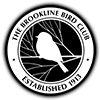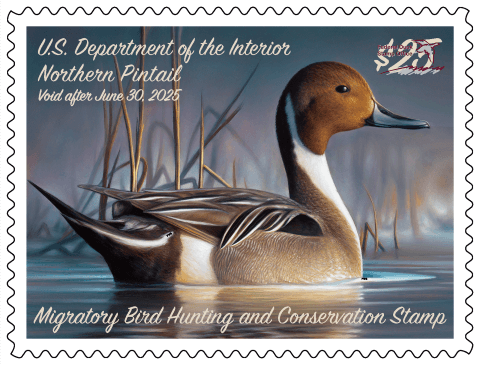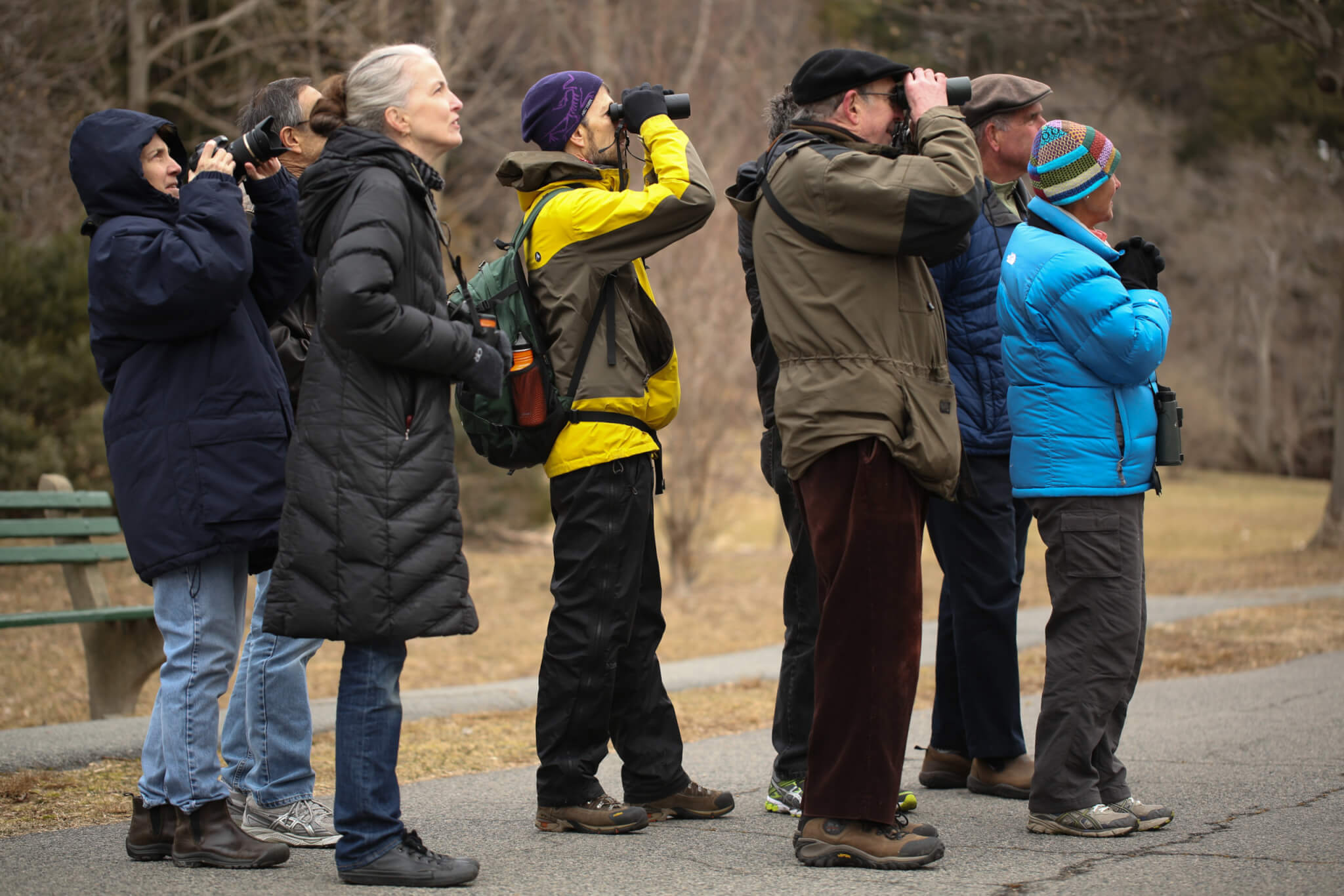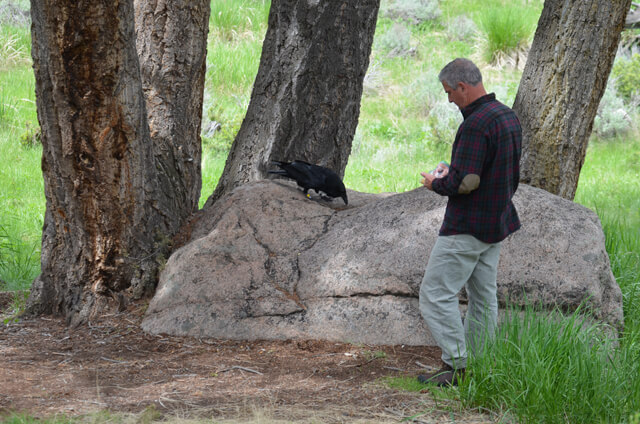THE 1992 STATISTICAL REPORT
by Robert H. Stymeist
A total of 273 species were listed by the Brookline Bird Club on 139 reported field trips during 1992. A total of 156 trips were scheduled: 63 all day, 72 morning, 16 afternoon or evening and 5 weekend trips. Seven trips were cancelled due to bad weather, and nine trips went unreported. The annual July 4th weekend in Machias, Maine, added Spruce Grouse, Black-backed Woodpecker, and Boreal Chickadee to the overall Club list. A field trip to Forest Hills Cemetery coupled with a behind the scene tour of the aviary at Franklin Park Zoo with staffer and birder Tom Aversa added 86 write-ins.
Not counting the Franklin Park “zooies”, the following write-ins to the Massachusetts Audubon Society (MAS) Checklist were reported by the Club in 1992:
Arctic/Pacific Loon Provincetown April 12
Common Murre Provincetown April 12
Cerulean Warbler Quabbin May 17
Cerulean Warbler Mount Auburn May 18
“Brewster’s” Warbler Newbury July 7
Bar-tailed Godwit Monomoy August 8
“Ipswich” Sparrow Newburyport October 24
Atlantic Puffin Stellwagen November 1
The Club also recorded Ruddy Shelduck in Norton and Muscovy Duck at Mount Auburn.
Missing from the Club list in 1992 were all the pelagic species with the exception of Leach’s Storm-Petrel. This certainly is a first-time event in the Club’s long history of organizing and leading pelagic trips. Not one shearwater or jaeger was seen. Other missing birds include Northern Fulmar, Wilson’s Storm-Petrel, Yellow-crowned Night-Heron, Eurasian Wigeon, Northern Bobwhite, (pheasant was recorded on only three trips), Clapper Rail, King Rail, the uncommon Common Moorhen, Marbled Godwit, Buff-breasted Sandpiper, Ruff, Red-necked Phalarope, Red Phalarope, Caspian Tern, Royal Tern, Black Skimmer, Dovekie, Thick-billed Murre, Chuck-will’s-widow, Whip-poor-will, Red-headed Woodpecker, Loggerhead Shrike,
Golden-winged Warbler, Orange-crowned Warbler, Hooded Warbler, Seaside Sparrow, Pine Grosbeak, and White-winged Crossbill.
The Newburyport area was the most visited birding spot with 46 reported trips. Mount Auburn was second with 30 trips, all in late April and May. Ipswich was visited seven times, followed by Quabbin six times, and five trips to Great Meadows.
Sixty-two leaders guided our members around the state. Bill Drummond was the recorded leader for ten trips, followed by John and Josh Nove, who led nine trips, and David and Dennis Oliver, Dot Davis, and Bob Stymeist each led seven trips. Bill Drummond again wins the honors for recording the most species on a single day trip. On May 16, he and 32 members listed 126 species.
News Categories
Upcoming Field Trips
Lynnfield Marsh – Partridge Island Trail
Lynnfield Marsh - Partridge Island Trail 331 Main St, Lynnfield, MA, United StatesWe will walk out Partridge Island Trail. The trail is about a quarter mile long. Possible early spring migrants seen and heard during this evening walk include Marsh Wren, Sora, Virginia Rail, and American Woodcocks. We may witness Rusty Blackbirds staging to roost at one of the largest east coast flyways for this species. All [...]
Fresh Pond Reservation, Cambridge
Cambridge - Fresh Pond - TD Bank 235 Alewife Brook Pkwy, Cambridge, MA, United StatesAn easy, approximately two-mile walk on paved paths around the pond.
Brooks Estate, Medford
Medford - Brooks Estate - Grove St 266 Grove St, Medford, MA, United StatesLet's see what early spring migrants we can find. Co-sponsored with the Menotomy Bird Club.
Slow Birding at Revere Beach
Revere Beach 21 Revere Beach Blvd, Revere, MA, United StatesLed by DCR Park Staff. Come observe the beautiful details of birds and their behaviors and share observations with others in the group. Pose questions and memories that observations elicit. Birds we may see include Piping Plover, Manx Shearwater, resident gulls, with Common Tern arriving by May. Suitable for adults and children 8 years+. Children [...]
Open to All Webinar: The Corvid’s World, with John Marzluff
How have corvids mastered city life, learned human faces and learned to use tools? What settings and experiments help humans understand some parallels between human and crow cognition? Corvids—the ubiquitous crows, ravens, magpies, jays, nutcrackers, and relatives—are familiar backyard birds with extraordinary behaviors that enable them to thrive where most species cannot. John Marzluff will [...]





